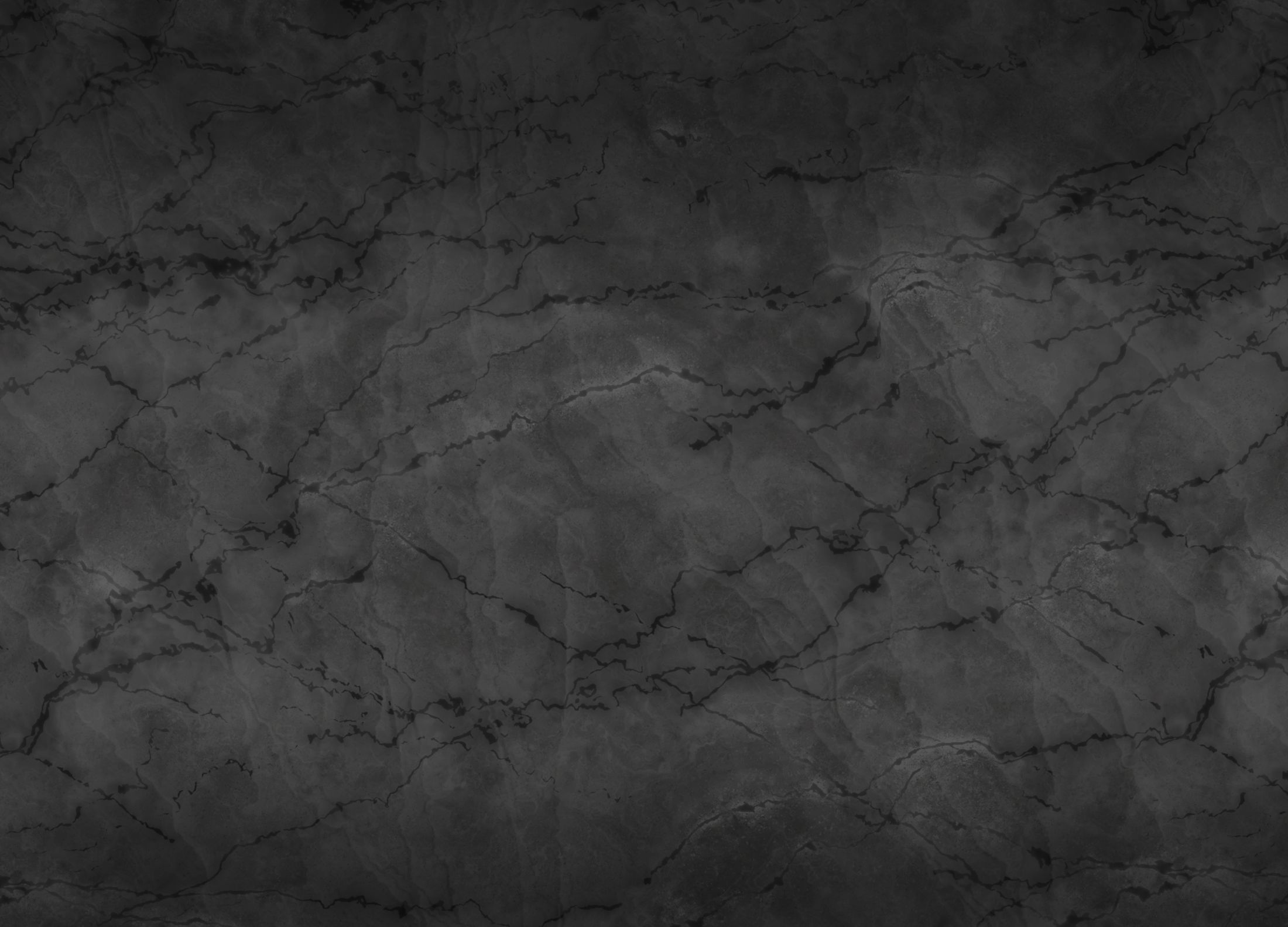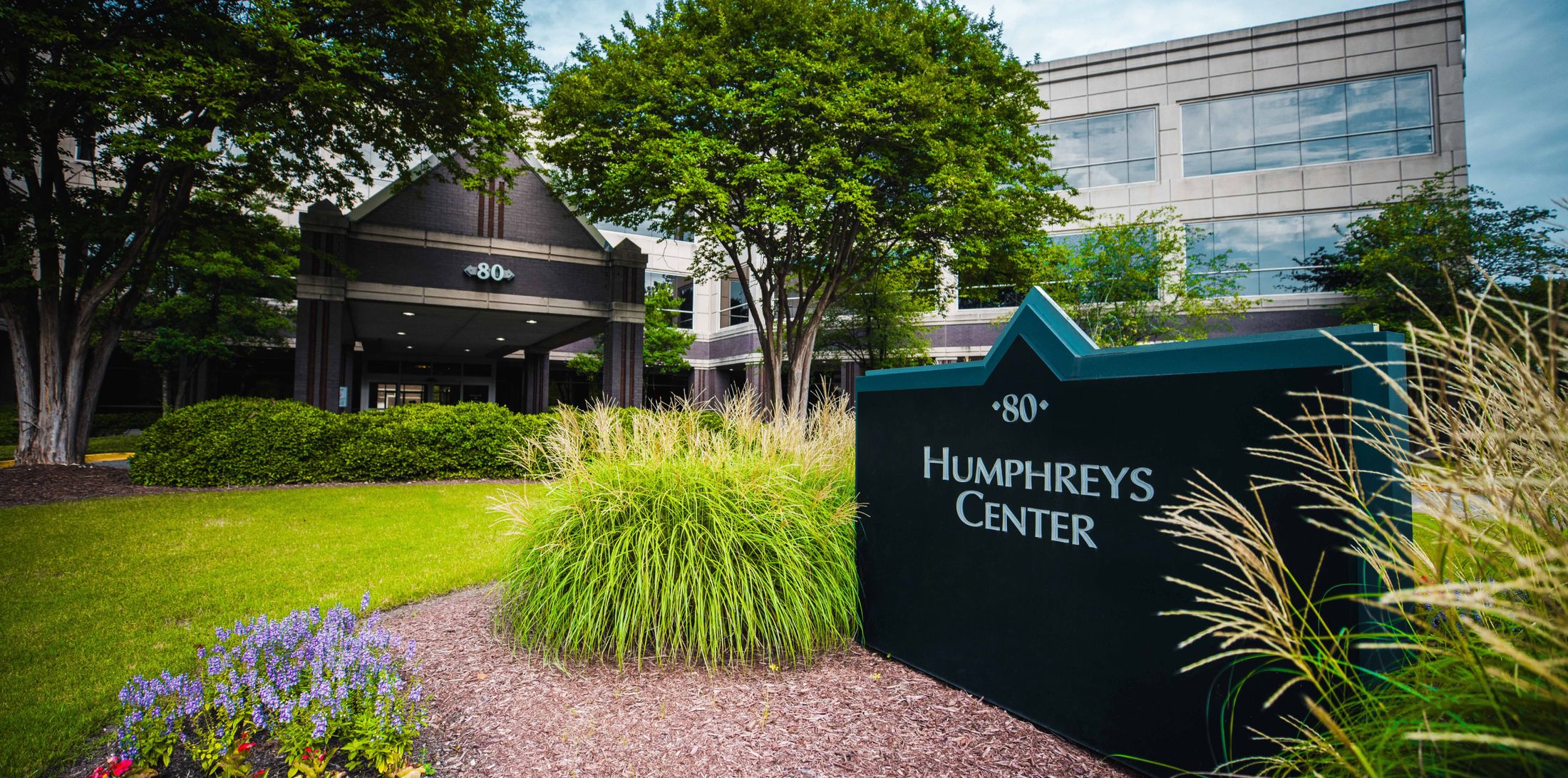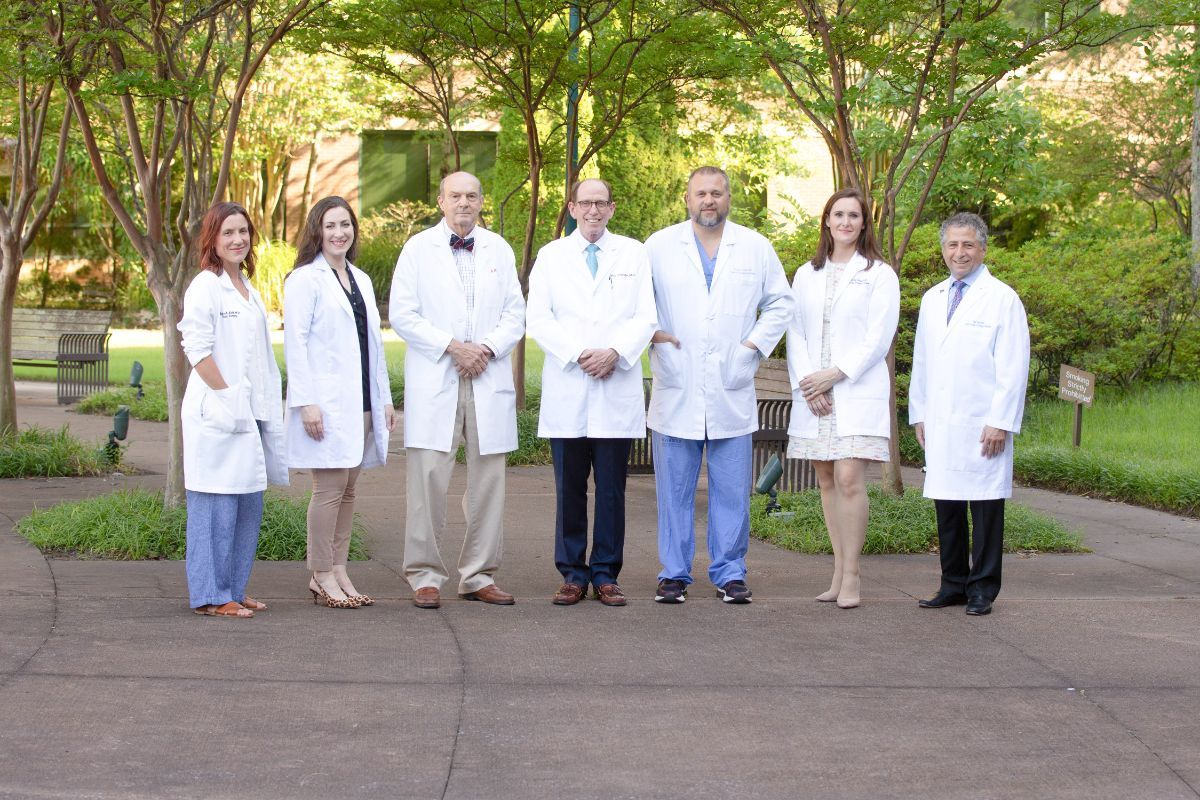



If the tired face you see when you look in the mirror doesn’t match how young you feel inside, you’ve got options! A facelift from Plastic Surgery Group of Memphis can help align how you feel with how you look, giving you a healthier and more youthful appearance. This popular procedure combines fat restoration with selective skin tightening to produce a natural look with minimal scarring. Let’s look at what a facelift actually is and what you can expect from the process! Keep reading to learn more.
A facelift, also known as a rhytidectomy, refers to any surgical procedure that is designed to improve the signs of aging in your face or neck by repositioning or removing skin, fat, and muscle. They’re considered cosmetic restorative surgery and cannot fundamentally alter your appearance or stop the aging process. Facelifts can’t treat superficial wrinkles, sun damage, or skin color irregularities, either. What they can do is still impressive, though! A facelift can treat:
Facelifts are very individualized procedures. Our expert surgeons ensure that each surgery is unique to the patient’s face and their desired goals. We offer several different facelifts to help achieve the best results.
Traditional facelift surgery involves incisions around your ears, hairline, and below your chin. A surgeon separates the skin from the underlying tissues then tightens the muscles and other supporting structures of the face and neck. Fat in the neck and jowls are removed as needed. Once this is complete, the surgeon will reposition the skin over your face in a natural way and remove any excess skin. We generally recommend this surgery to anyone looking to improve the signs of moderate to significant facial aging.
SMAS stands for the superficial musculoaponeurotic system, which is the muscular layer of your face. This facelift targets the lower two-thirds of your face and works by tightening the muscle and trimming excess skin and fat in this particular area. The SMAS facelift is a variation of a traditional facelift.
With deep plane facelift surgery, a surgeon will lift the SMAS, fat, and skin as a single unit. This procedure is able to address multiple areas of your face at the same time.
This surgery focuses on the cheek area of your face. The surgeon will reposition the fat in your cheeks and tighten the skin there for a smoother and fuller look.
This procedure lifts your lower face and neck area. Of all the facelifts offered, it’s the quickest and least invasive. Mini-facelifts are usually recommended for younger patients and have early signs of aging.
A cutaneous facelift involves the skin only. It usually focuses on your neck and lower face.
Many people choose to combine their facelift surgery with other cosmetic procedures. These often include:
The best candidates for facelift surgery are patients who have signs of facial aging while retaining some skin elasticity. These patients will usually fall in the 40s-60s age range, although there are both younger and older patients who will be suitable for this surgery. We also look for patients who are:

There are many steps involved in facelift surgery, beginning with anesthesia.
Your surgeon will perform the surgery while you’re under general anesthesia or IV sedation. Your surgeon will recommend the best anesthetic option for you prior to the procedure.
Depending on the type of facelift you choose, your surgeon could make incisions at any of the following locations during surgery:
The size of the incisions will also vary based on the type of facelift being performed. Facelifts generally involve repositioning and/or removing facial skin and fat as well as tightening the facial muscles. Depending on the type of facelift surgery you choose, your surgeon may do one of these actions or all of them.
After the procedure, your surgeon will close the incisions. They may use dissolvable stitches, traditional stitches that will need to be removed after a few days, or skin glue.
You’ll be taken to a room for observation while you wake up from your facelift surgery. You’ll be able to leave once you’re stable, which usually takes a couple of hours. You may have a bandage around your face to help minimize swelling and bruising along with small drainage tubes.
Before you leave, your surgeon will give you specific instructions for your facelift surgery recovery. This will include information on how to care for your incision site and drains. If necessary, you’ll be given a prescription for medication to control pain, and we’ll also get you scheduled for a follow-up appointment.
It’s important to remember that a facelift is major plastic surgery with a lengthy recovery process. The total recovery time will vary from person to person. In general, however, you can expect noticeable swelling to go down by about 10 days post-surgery. Most patients are able to return to work after two weeks.
Almost all of your swelling or bruising should have dissipated by one month post-op. Your incisions will be mostly healed, though they may still appear pink in color for a while yet. During this time, it’s important to stay out of direct sunlight and wear sunscreen to protect your skin. You should be able to resume all your normal activities at this point, while still refraining from heavy exercise until six weeks after the procedure.
The final outcome of your facelift will become fully evident over the next 12 months. Your face will continue to fully heal as it settles into its final rejuvenated appearance.

The most successful plastic surgery results come from a trusting relationship between you and your surgeon! A consultation with our office will include a complete facial analysis to determine the best procedure for you. If you have any questions or concerns, they’ll be thoroughly addressed by one of our board-certified surgeons. If you’re ready for a beautifully natural transformation, click here or call 901-295-7478 to schedule a consultation with our expert team!